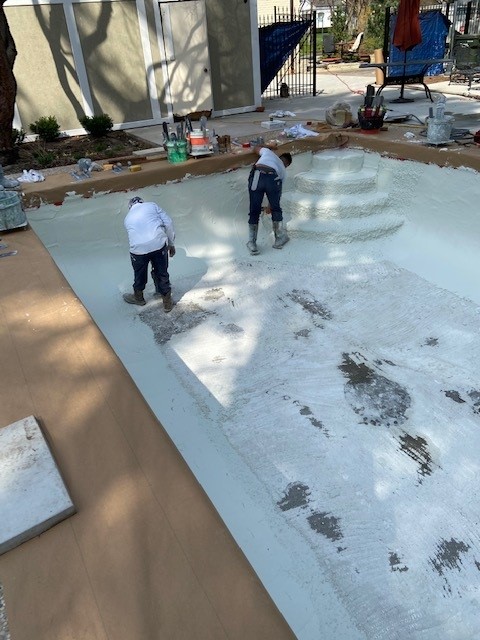How to Drain an Inground Swimming Pool
How to Drain an Inground Swimming Pool
 Though draining your inground swimming pool isn't something you do every day, once in a while it is required. Some of the more common reasons include rebalancing your chemicals, lowering your total dissolved solids, or repairing or resurfacing the pool. Additionally, many people empty their pools to prepare it for winter, or replace their water in the spring to ensure that it's clean and well-balanced.
Though draining your inground swimming pool isn't something you do every day, once in a while it is required. Some of the more common reasons include rebalancing your chemicals, lowering your total dissolved solids, or repairing or resurfacing the pool. Additionally, many people empty their pools to prepare it for winter, or replace their water in the spring to ensure that it's clean and well-balanced.
What most people don't realize is how difficult it can be to drain an inground swimming pool properly. Most experts suggest contacting a pool professional if you are unsure or hesitant about draining the pool yourself. If you do decide to do it yourself, make sure all of the correct precautions are taken in order to prevent any pricey damage to your pool.
Depending upon whether you have an inground pool made out of concrete, gunite or vinyl will affect what approach you need to take to empty the pool.
Concrete or Gunite
In general, draining this type of pool is the trickiest. Inground pools made of concrete or gunite are susceptible to popping out of the ground if drainage is not done properly. If there has been a surplus of rain recently or your pool is located in a wet area, it is best not to try and drain the pool yourself at all. Excessive ground water can cause this type of pool to "float" out of the ground when draining is occuring.
If you do decide to drain this pool yourself you first need to locate whether or not you have a hydrostatic valve which is found in the main floor drain. If you do not have a hydrostatic valve, it is best to call a pool professional to help you drain the pool. If you do have a hydrostatic valve and decide to proceed to empty the pool yourself, you first need to rent a sump pump from your local hardware store. Next, attach the hose to the sump pump and lower the pump into the deepest section of the pool. The other end of the hose needs to be draining into the sewer drain pipe in your yard. Turn the pump on and let it go to work. Periodically check the hose to make sure it's draining properly. Pool owners that come across problems with draining this type of pool are often draining it too slowly, leaving it empty for too long, or encountering a hydrostatic valve failure. In almost all cases it is best to hire a professional pool service to drain your inground gunite or concrete pool.
Vinyl Lined
Vinyl lined inground pools are the most vulnerable to ripping or tearing, but the process of extracting the water is similar to a concrete or gunite pool. If you decide to drain this pool yourself, you will first need to rent a sump pump that can be submerged under water. After renting the proper sump pump, connect it to the sewer access point and submerge the other end in the pool. Plug the pump into an outlet and let it go to work. If you are replacing the liner or doing repairs, make sure they can be done shortly after you empty the pool. Depending upon the condition of the pool, leaving it empty for too long can cause drying or cracking from the sun or can even cause the pool to collapse.
Sometimes it's better to be safe than sorry, if you have any hesitation about draining either type of pool yourself, feel free to contact AAA pools at 847-753-9771 or info@aaapoolservice.com.